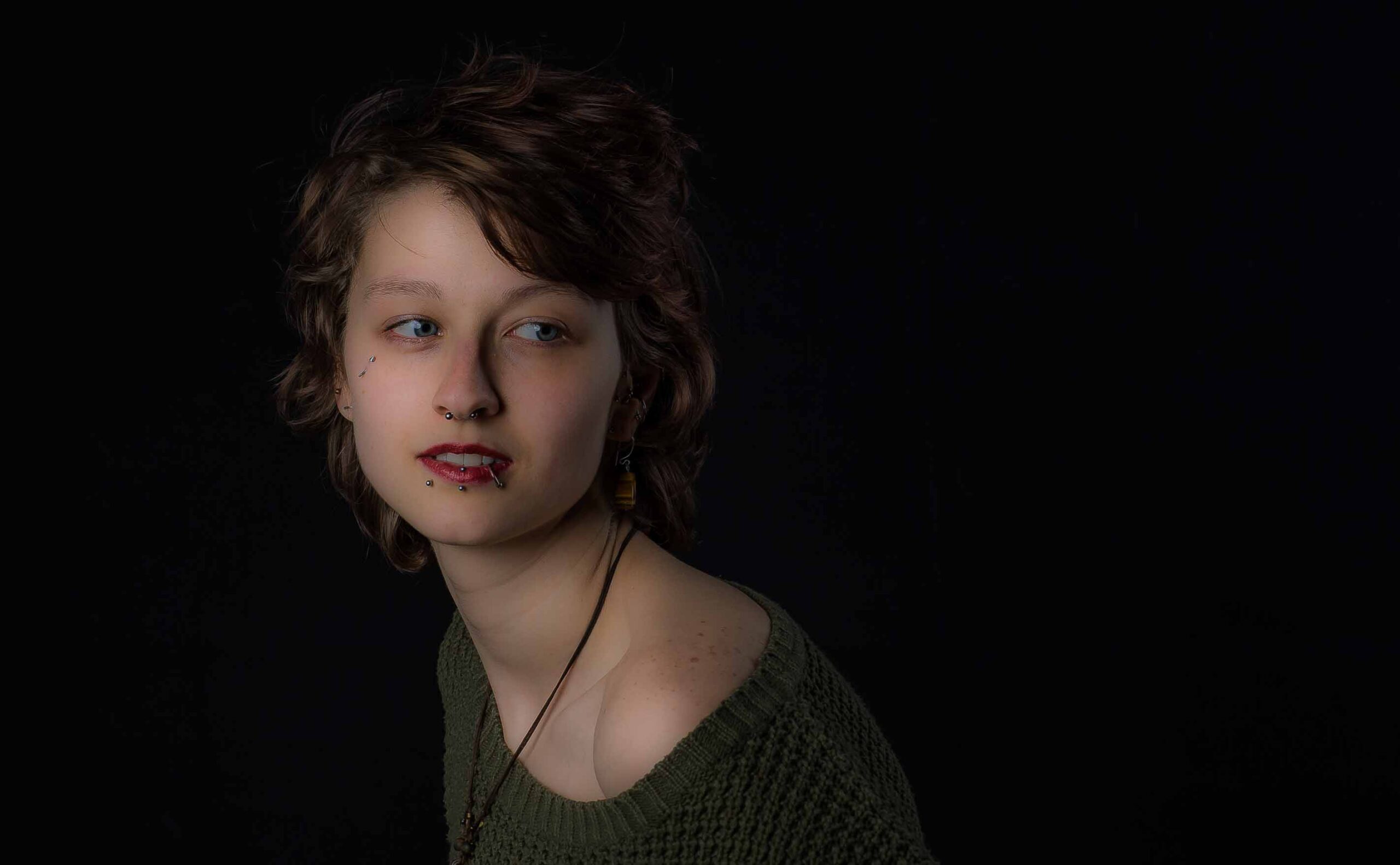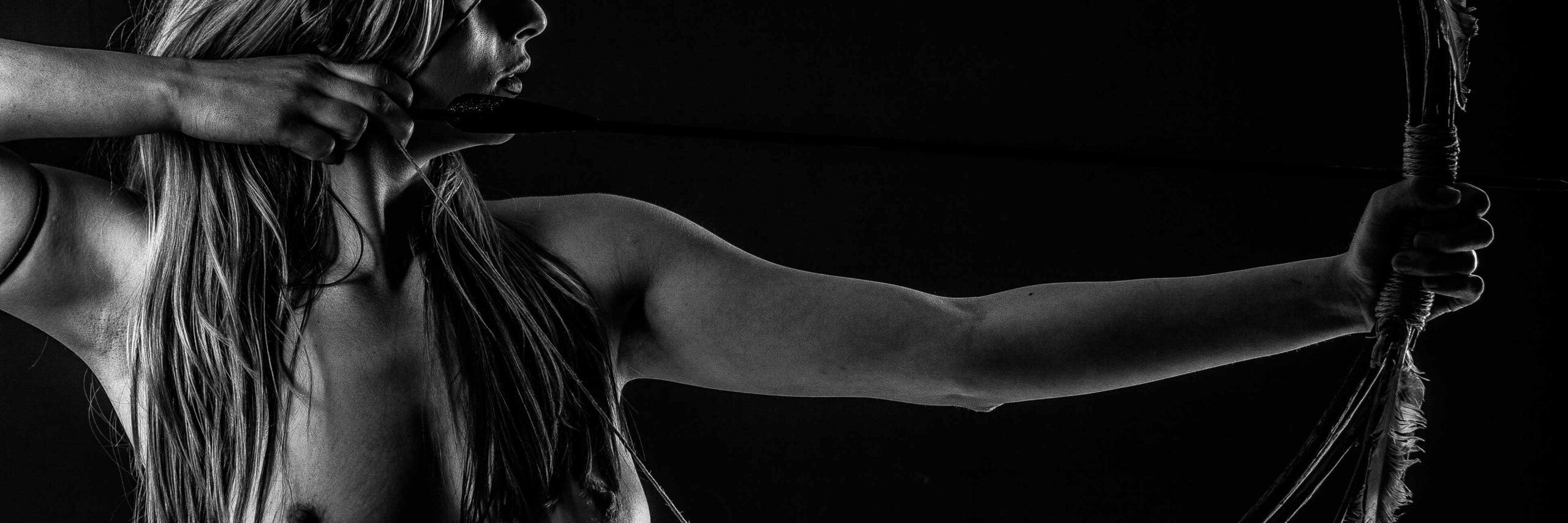Learn The Rules First of all, learn the rules really really well, then, and only then, allow yourself to break […]
Tag: peter hurley
Peter Hurley – More about the ‘Squinch’
What the hell is a ‘squinch’? I posted a video of Peter Hurley talking about the ‘squinch’ some time back. […]
A Model’s Job vs a Photographer’s Job
I’ve read numerous articles and comments about who should bring what to a photoshoot. I read a comment recently where […]
Peter Hurley video: Headshots and the Jaw
Peter Hurley Headshot Techniques Make sure that anyone that you are going to shoot portraits with knows this information. It […]



